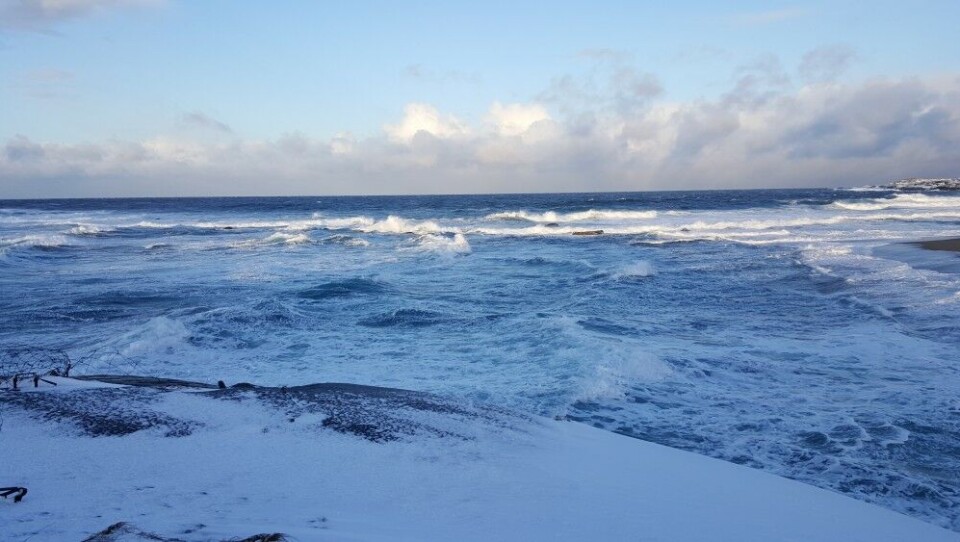
Statoil might postpone some Barents Sea drilling till 2019
Two of the planned exploration wells are located near Norway’s maritime border to Russia, but Statoil can’t say if both will be drilled this year or next.
Last year, Statoil failed to discover big oil at its northernmost ever drilled well, the Korpfjell prospect in the Barents Sea. “We are coming back next year and will drill at five prospects in the Barents Sea, Head of Exploration for the Barents Sea, Dan Tuppen, told the Barents Observer.
Now, Statoil can’t tell for sure which wells are to be drilled in the 2018-campaign.
“While we last year drilled five own operated wells planned and completed from May to September, we have planned this year’s wells with start of drilling from late summer till autumn, and have at the same time started a parallel planning for the 2019 wells. This means we can’t say exactly which wells we are to carry out in the Barents Sea within which calendar year,” says Morten Eek to the Barents Observer. He is Communication Manager for development, production and exploration on the Norwegian continental shelf.
Morten Eek explains the uncertainty with access to available rigs.
“We have planned two drilling goals for the Barents Sea South East, Korpfjell and Gjøkåsen, located south of Korpfjell, and expect drilling for at least one of them within this year’s drilling season.“
Statoil’s three other prospects in the western sector of the Barents Sea ready for drilling are Intepid Eagle, Schenzou and Skruis.
“We will this year drill 3-5 own operated, plus one partner-operated well,” tells Eek.
The partner-operated well is Fedynski High, headed by Aker BP.
Proximity to Russian waters
Fedynski High is the prospect located closest to the maritime border. In 2013, the Norwegian Petroleum Directorate said there is a possibility of petroleum deposits here could span across the border between Norway and Russia.
Korpfjell Deep is located 9 kilometres from the well drilled last year at the Korpfjell prospect, some 410 kilometres no rth of mainland Norway and about 36 kilometres from the maritime border to Russia. Gjøkåsen is 150 kilometres north of Finnmark and some 55 kilometres from Russian waters.
Statoil says in its application to the Norwegian Environment Agency that the rig to be used is “West Herkules”.
















